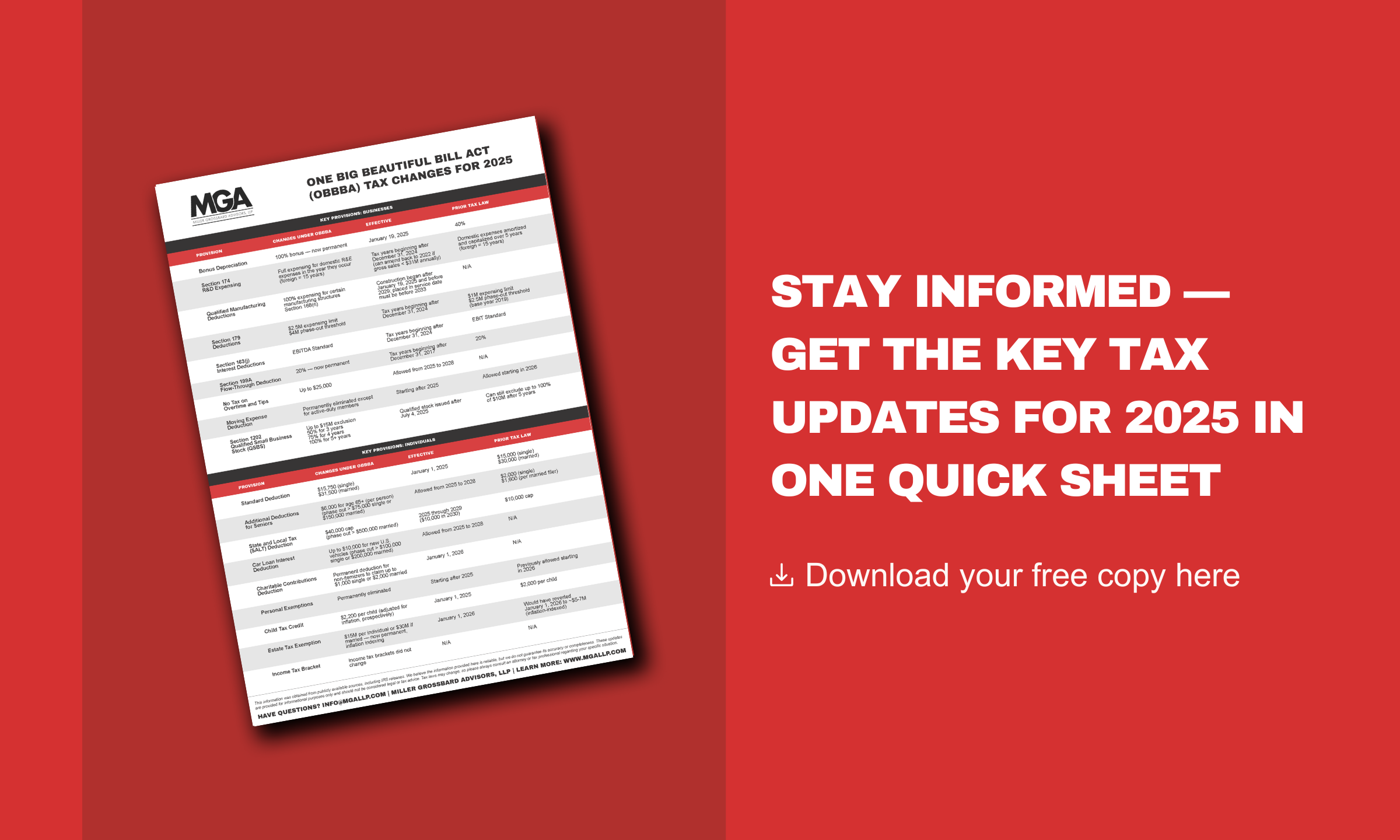In the burgeoning world of side hustles, real estate rental has emerged as a popular choice for many looking to supplement their income. Yet, while the additional revenue can be appealing, navigating the labyrinthine tax implications can often be daunting.
One of the critical distinctions you need to be aware of is the classification of a “real estate professional” for tax purposes. Understanding this IRS classification, which is more than just a title, can unlock significant tax benefits and ensure you're not leaving money on the table — but it’s more complicated than you think.
In this article, we will dive into the Passive Activity Loss rules, an essential piece of tax legislation directly affecting landlords and real estate investors. We will also help you understand whether you can qualify as a real estate professional for IRS tax classification purposes and, if not, how you can adjust your activities to meet the criteria.
The Passive Loss Rule Explained: The Rationale and Complexities of Section 469 of the Internal Revenue Code
Congress created this section in the Tax Reform Act of 1986 to differentiate income and losses generated from active work and passive activities, primarily in response to concerns about taxpayers using paper losses from investments without economic substance to offset their high salaried income.
Under this section, active and passive incomes (and losses) are put into separate “buckets,” and passive activity losses (PALs) can only offset passive activity income, not active income.
The key distinction between active and passive activities hinges on “material participation.” Activities in which taxpayers do not materially participate are deemed passive. The code broadly considers rental activities as passive, regardless of material participation. However, there are exceptions to this rule: short-term rentals, whose average rental period is seven days or less, are not automatically passive and are instead governed by the material participation standard. Likewise, rental activities conducted by real estate professionals are not automatically passive and are instead governed by the material participation standard.
The real estate professional status is based on the taxpayer's relationship to a “real property trade or business,” which is defined broadly and includes a range of activities from development and management to leasing and brokerage. The code introduces three tests to qualify for this exception:
- Proportionality test: The hours the taxpayer devotes to the real property trade or business should be more than half of all hours spent on all the taxpayer’s activities.
- Hours Worked test: The taxpayer must perform over 750 hours of service during the tax year in the real property trade or business
- Material Participation test: The taxpayer must materially participate in a real property trade or business.
For joint filing married couples, the efforts of both spouses can be combined for the Material Participation test, but the Proportionality and Hours Worked tests must be satisfied separately by one spouse. Substantiation of these tests requires taxpayers to maintain meticulous records, especially about the total number of hours devoted to their rental and other work.
Bottom Line: It’s Very Hard to Qualify as a Real Estate Professional While Working a Full Time Job outside the Real Estate Landscape
In a recent case, Robert L. Drocella and Pamela M. Drocella v. Commissioner, we are reminded about an important lesson from the Tax Court: simply spending hours working on rental properties doesn't qualify someone as a real estate professional for Section 469 purposes.
In this case, the Drocellas argued that they qualified as real estate professionals under Section 469 of the Internal Revenue Code, as they contended that they had put in the requisite number of hours. However, this argument was rejected, highlighting that becoming a real estate professional entails meeting all three qualifying tests: the Proportionality test, the Hours Worked test, and the Material Participation test. Failing any of these tests disqualifies a taxpayer from being deemed a real estate professional.
The Drocellas did not provide evidence of the number of hours worked for their full-time employers and ultimately failed to meet the Proportionality test, which stipulates that the hours dedicated to rental properties should exceed half of the total hours devoted to full-time employment. As such, irrespective of the total hours they worked on the rentals, they could not qualify as real estate professionals, and their rental losses were deemed Passive Activity Losses (PALs).
We Are Here to Make the Complex Tax Code Simple
Becoming a real estate professional for tax purposes involves more than just logging the hours worked. It requires meeting all three stringent tests outlined in the Internal Revenue Code Section 469, as outlined above.
Our goal is to equip you with the knowledge you need to optimize your tax strategy, ensuring that your real estate side hustle is as lucrative as possible. If you’d like to talk with our team further about any real estate tax questions you may have, reach out!
We are here to make the complex simple, especially when it comes to the maze of the tax rules impacting the real estate world.
Subscribe Now!
Enjoy reading our articles? Click here to receive instant notifications as we publish new blog posts, educational videos, webinars, and more. Or, if you'd prefer monthly updates, you can subscribe here.
.png?width=191&name=mgalogofinal-01%20(3).png)




